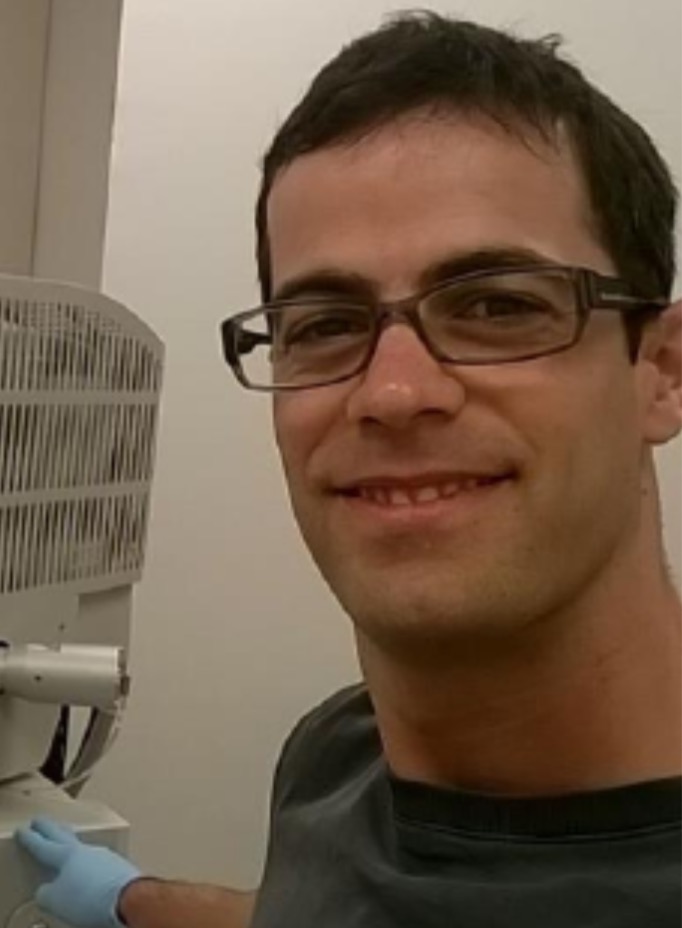


The first part of the talk will focus on modelling and applications of nanostructures surfaces supporting aqueous droplets in a quasi contact-free (Cassie-Baxter) state. Such droplets provide wall-free microfluidic environments for dissolved and colloidal biological materials allowing studying self- assembly and conformational changes during evaporation by X-ray scattering and complementary techniques. [1] The evaporation of droplets on SHSs is often associated with the transition from Wenzel to Cassie state but while the evaporation of aqueous droplets can be well described analytically [2] or by simulations, our understanding of the microfluidic environment and the induced flow in evaporating droplets containing solutes is still quite limited. Our current work addresses this topic by combining particle image velocimetry (PIV) and simulations. The second part of the talk will focus on multi-segmented arrays of nanorods. The bottom-up approach is often used in nanoscience to realize nanofeatures due to the cheap and simple method. Furthermore, the combination of high surface and nanoshapes in these devices offers the possibility of different biomedical applications. Porous silicon and porous alumina are realized with this method and can be utilized as scaffold to study the mechanical interactions between nanofeatures and cells [3] but also as template for nanofabricating arrays of nanorods, nanowires, nanotubes and nanocones for molecular detection [4]. After a general overview on the topic, recent results from Surface- enhanced Raman Spectroscopy and from the studies of electrodeposition of copper on a conically shaped electrode in a magnetic field will be presented.
[1] G. Marinaro, A. Accardo, N. Benseny-Cases, M. Burghammer, H. Castillo-Michel, S. Dante, F. De Angelis, E. Di Cola, E. Di Fabrizio, C. Hauser, C. Riekel. “Probing droplets with biological colloidal suspensions on smart surfaces by synchrotron radiation micro- and nano- beams”. Optics and Lasers in Engineering, 76, 57-63, 2016; [2] Y. O. Popov. “Evaporative deposition patterns: spatial dimensions of the deposits”. Phys. Rev. E, 71, 036313, 2005 ; [3] G. Marinaro, R. La Rocca, A. Toma, M. Barberio, L. Cancedda, E. Di Fabrizio, P.Decuzzi, F. Gentile,“Networks of Neuroblastoma Clls on Macro-porous Silicon Substrates Reveal a Small World Topology”. Integrative Biology, 7, 2, 184-197, 2015; [4] G. Marinaro, G. Das, A. Giugni, M. Allione, B. Torre, P. Candeloro, J. Kosel, E. Di Fabrizio. “Plasmonic Nanowires for Wide Wavelength Molecular Sensing”. MDPI Materials, 11(5), 827, 2018;



The first part of the talk will focus on modelling and applications of nanostructures surfaces supporting aqueous droplets in a quasi contact-free (Cassie-Baxter) state. Such droplets provide wall-free microfluidic environments for dissolved and colloidal biological materials allowing studying self- assembly and conformational changes during evaporation by X-ray scattering and complementary techniques. [1] The evaporation of droplets on SHSs is often associated with the transition from Wenzel to Cassie state but while the evaporation of aqueous droplets can be well described analytically [2] or by simulations, our understanding of the microfluidic environment and the induced flow in evaporating droplets containing solutes is still quite limited. Our current work addresses this topic by combining particle image velocimetry (PIV) and simulations. The second part of the talk will focus on multi-segmented arrays of nanorods. The bottom-up approach is often used in nanoscience to realize nanofeatures due to the cheap and simple method. Furthermore, the combination of high surface and nanoshapes in these devices offers the possibility of different biomedical applications. Porous silicon and porous alumina are realized with this method and can be utilized as scaffold to study the mechanical interactions between nanofeatures and cells [3] but also as template for nanofabricating arrays of nanorods, nanowires, nanotubes and nanocones for molecular detection [4]. After a general overview on the topic, recent results from Surface- enhanced Raman Spectroscopy and from the studies of electrodeposition of copper on a conically shaped electrode in a magnetic field will be presented.
[1] G. Marinaro, A. Accardo, N. Benseny-Cases, M. Burghammer, H. Castillo-Michel, S. Dante, F. De Angelis, E. Di Cola, E. Di Fabrizio, C. Hauser, C. Riekel. “Probing droplets with biological colloidal suspensions on smart surfaces by synchrotron radiation micro- and nano- beams”. Optics and Lasers in Engineering, 76, 57-63, 2016; [2] Y. O. Popov. “Evaporative deposition patterns: spatial dimensions of the deposits”. Phys. Rev. E, 71, 036313, 2005 ; [3] G. Marinaro, R. La Rocca, A. Toma, M. Barberio, L. Cancedda, E. Di Fabrizio, P.Decuzzi, F. Gentile,“Networks of Neuroblastoma Clls on Macro-porous Silicon Substrates Reveal a Small World Topology”. Integrative Biology, 7, 2, 184-197, 2015; [4] G. Marinaro, G. Das, A. Giugni, M. Allione, B. Torre, P. Candeloro, J. Kosel, E. Di Fabrizio. “Plasmonic Nanowires for Wide Wavelength Molecular Sensing”. MDPI Materials, 11(5), 827, 2018;